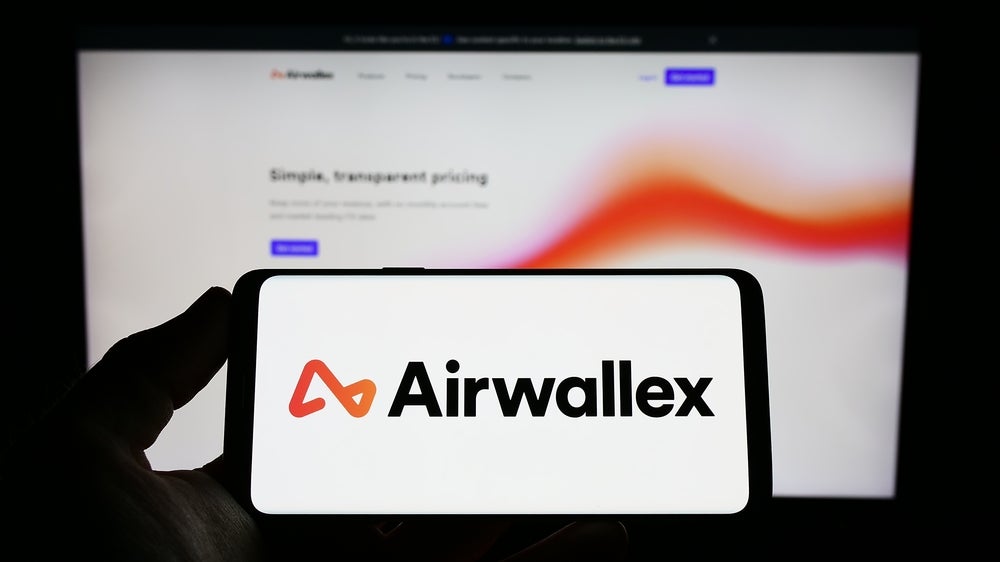Home to a wealthy population and a number of high-value corporations, Luxembourg’s payment cards market is mature, with a high penetration rate of 3.9 cards per inhabitant. However, while contactless technology is gaining traction, the growth rates of alternative payments have been slow
Luxembourg’s payment card market grew in terms of both transaction value and volume during 2011–2015, supported by infrastructure modernisation and a growth in the e-commerce market.
Luxembourg is home to a number of wealthy individuals and large corporations, and the majority of banks offer private banking, wealth management and asset management services. A favourable tax regime and bank-privacy legislation have enabled the financial services sector to become a primary growth leader.
Payment cards are cross-sold to customers as part of bundled offerings. In the matured market, attention is now gradually turning towards serving niche consumer segments such as online shoppers, students, the young population, travellers, women and SMEs.

Adoption of secure payment technology
Several banks offer enhanced security features on payment cards to comply with SEPA regulations, and reduce instances of fraud. Consequently, banks discontinued Bancomat in 2011, and adopted V Pay debit cards with the inclusion of chip-and-PIN technology. All payment cards issued in Luxembourg are now Europay-, Mastercard- and Visa-compliant.
How well do you really know your competitors?
Access the most comprehensive Company Profiles on the market, powered by GlobalData. Save hours of research. Gain competitive edge.

Thank you!
Your download email will arrive shortly
Not ready to buy yet? Download a free sample
We are confident about the unique quality of our Company Profiles. However, we want you to make the most beneficial decision for your business, so we offer a free sample that you can download by submitting the below form
By GlobalDataBanks began offering the 3D-Secure Code services to customers from 2012, to increase the security of online transactions. With the adoption of advanced security features, the use of payment cards is expected to rise further between 2016 and 2020.
Alternative payments gain prominence
Alternative payments are gradually gaining traction among consumers, with the availability of Digicash, Cashcloud wallet, Yapital and Seqr.
Banks, payment companies and technology providers are investing to offer customers a choice of payment options, whether in-store, at home or digitally.
The country’s four major banks – BGL BNP Paribas, Banque et Caisse d’Epargne de l’Etat Luxembourg (BCEE), Banque Internationale à Luxembourg (BIL) and Post Luxembourg – all offer the Digicash platform, which allows users to make payments to merchants associated with the Digicash network. Seqr was introduced in July 2016.
The growth of alternative solutions is likely to intensify competition in Luxembourg’s alternative payments market.

E-commerce offers growth prospects
E-commerce recorded robust growth due to a rise in online and mobile penetration, an increase in consumer confidence in online transactions and the presence of online gateways. E-commerce grew from $458.3m (€329.7m) in 2011 to $672.1m in 2015, at a compound annual growth rate of 10.05%. Security developments in Luxembourg’s online payment systems also supported growth.
With a rising number of online shoppers and growth in online retailing, banks offer payment cards for individuals who frequently purchase products or services online.
BGL BNP Paribas, BIL, Banque de Luxembourg and ING Luxembourg all provide dedicated cards for online payments to improve transaction security, reduce online fraud, and comply with the ECB’s recommendations for online payments, which came into effect on 1 February 2015.
BCEE, BGL BNP Paribas, BIL, ING Luxembourg, Post Luxembourg and Raiffeisen Bank introduced a new solution called Token to make online transactions more secure. The Token service generates a dynamic code every 30 seconds, and is offered free of charge.
Preference for contactless
Contactless technology is gaining traction, with banks and payment companies introducing new solutions to gain market share.
Retailers are installing contactless POS terminals to benefit from the trend. According to Visa Europe, there were 7,000 POS terminals with contactless functionality in Luxembourg as of September 2016. All major bank now offer contactless payment cards.
Economic factors
According to the International Organization for Migration, immigrants accounted for 44% of Luxembourg’s population in 2015. Migrant workers often use bank accounts and payment cards to remit funds to their home countries.
In 2015, outward remittances stood at $11.1bn (€10bn), and are anticipated to increase to reach $13.5bn (€12bn) by the year 2020.
Internet penetration rose from 90% in 2011 to 95% in 2015, primarily as a result of improved infrastructure and the increased internet use, mainly by the young population.
With a high internet penetration, Luxembourg’s e-commerce market is expected to grow, benefitting the payment cards market. Mobile penetration is also high and stood at 148.4% in 2014. A number of banks are offering mobile banking services, as they are a cost-effective and convenient means to serve their customers.
Growth in the manufacturing sector, exports, and an increase in the domestic consumption of goods and services helped the country’s real GDP to rise by 2.6% in 2011.
However, due to turbulence in the global financial markets and a slowdown in eurozone, the country’s financial services and manufacturing sectors were severely impacted, and as a result the economy entered into a recession in 2012.
The economy emerged out of a recession in 2013, due to economic recovery in parts of the eurozone and was supported by strong domestic demand for goods and services.
With economic growth, more investment can be expected in the cards and payments industry.








